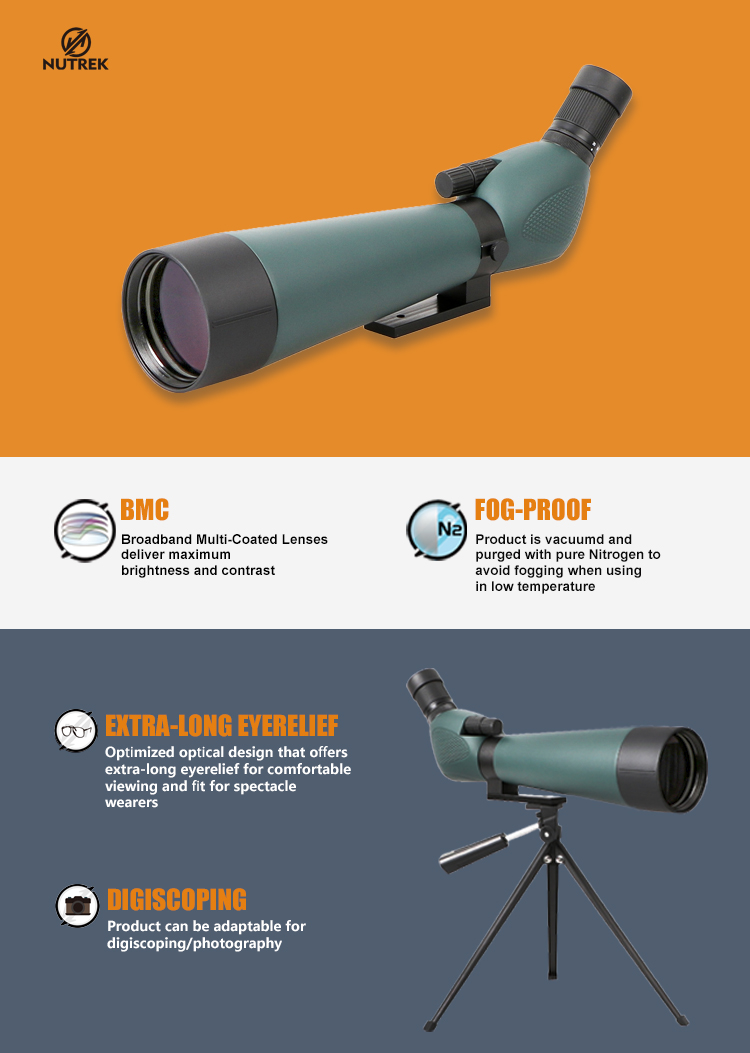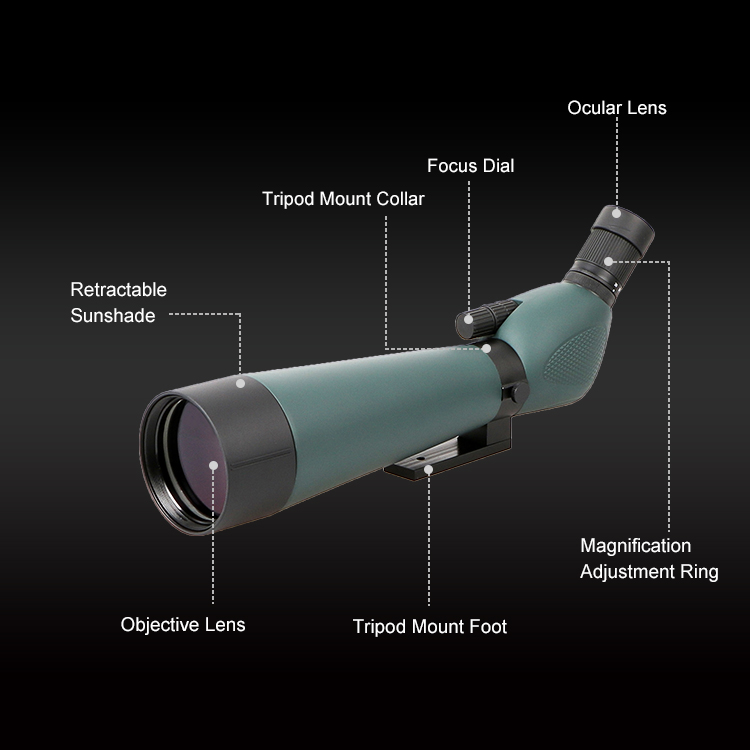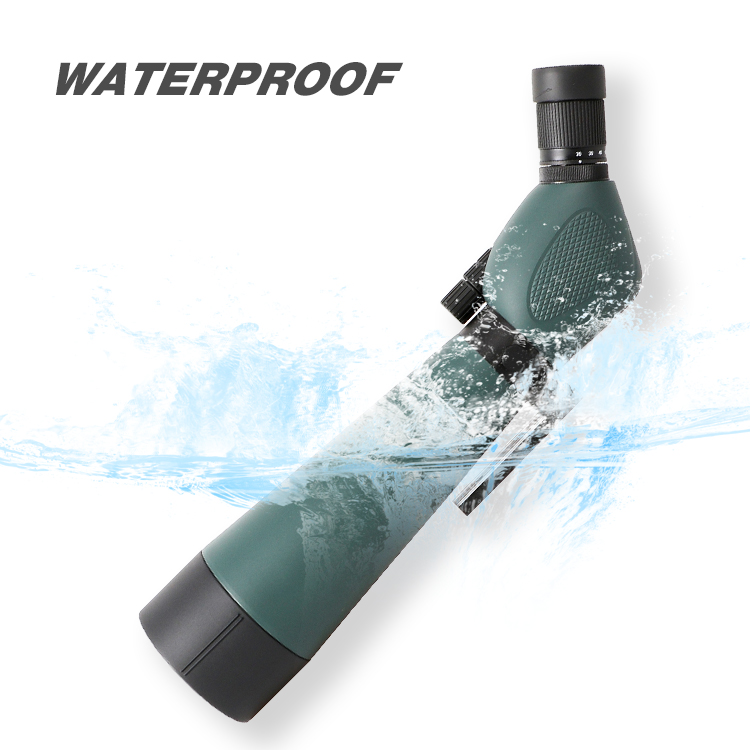COMPANY
| Created in mind that all outdoorsmen need clear, reliable, and affordable optics of some type, NUTREK aim to offer premium optics that performs: extend your vision, reveal the hidden, sharpen your sight, and lock the target. |
| MORE |




COMPANY
| Created in mind that all outdoorsmen need clear, reliable, and affordable optics of some type, NUTREK aim to offer premium optics that performs: extend your vision, reveal the hidden, sharpen your sight, and lock the target. |
| MORE |
HELP
| Ask a Question |
| Message Us |
| News |
CONTACT US
| Company: | Enjo Sports Inc. |
| Add: | #1001, Building 2, No.1 Jinxiu Rd., Qingyuan, Guangdong, 511510 China |
| E-mail: | info@enjosports.com |
| Tel: | +86(763)-3368 759 |
| Fax: | +86(763)-3362 759 |
COPYRIGHT © 2019 NUTREK ALL RIGHT RESERVED.
 0086-763-3368759
0086-763-3368759 info@enjosports.com
info@enjosports.com Help
Help